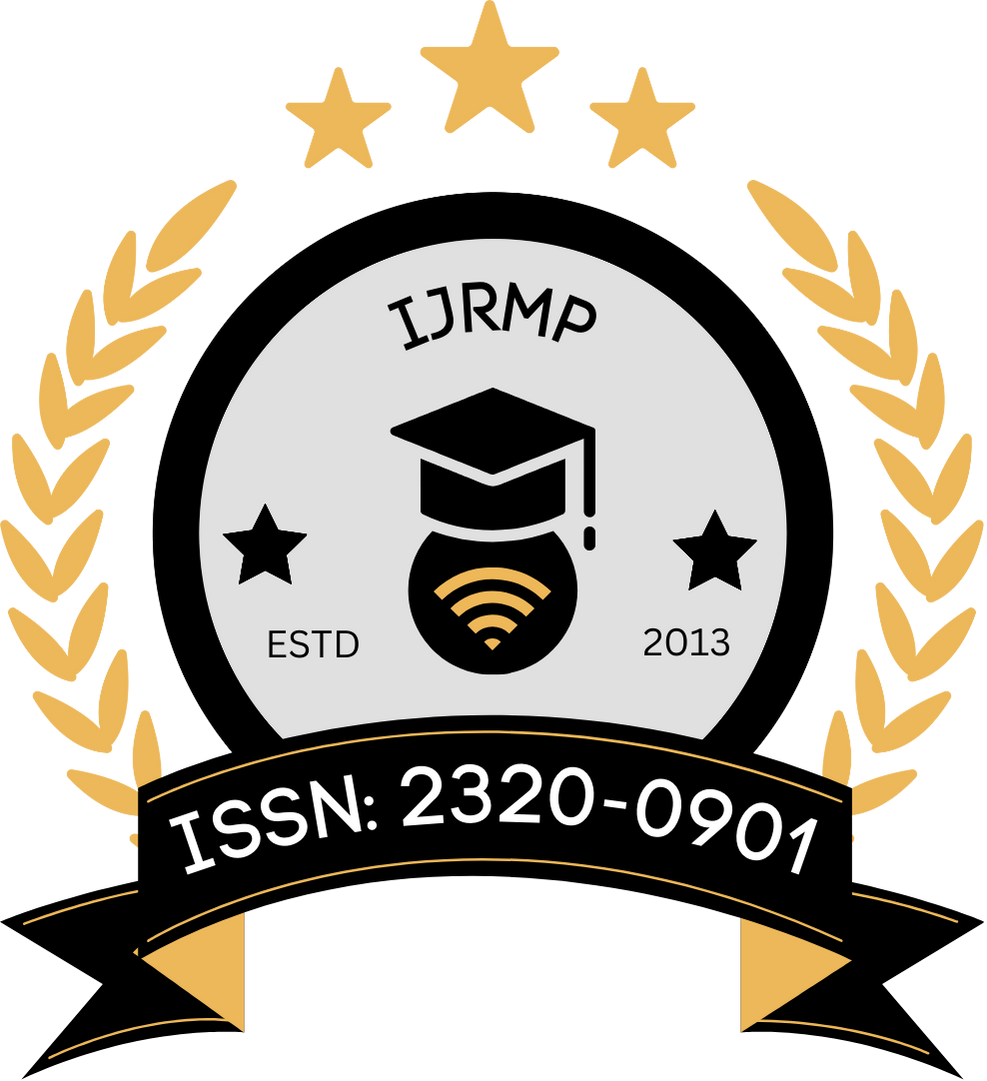![]()
Kunal Saxena
Independent Researcher
Uttar Pradesh, India
Abstract
The global burden of chronic diseases such as diabetes, hypertension, asthma, and cardiovascular disorders continues to grow, making long-term medication adherence a cornerstone of effective disease management. Despite the proven benefits of adherence, non-compliance remains a major barrier to successful treatment outcomes, increasing hospital readmission rates, healthcare costs, and morbidity. Mobile health (mHealth) applications have emerged as a promising technological intervention to bridge this adherence gap by offering tools like reminders, education, tracking, and direct communication with providers. This manuscript examines the effectiveness of mobile health apps in enhancing medication adherence among patients with chronic diseases. Through a comprehensive literature review and structured analysis, the study investigates the mechanisms through which mHealth apps influence behavior, the types of interventions that show promise, and the demographic or condition-specific factors that affect efficacy. However, challenges such as user engagement, digital literacy, and privacy concerns persist. This study aims to clarify the potential and limitations of mHealth tools in chronic disease medication management, establishing a basis for further innovation and integration into healthcare systems.
Keywords
mHealth, chronic disease, medication adherence, mobile apps, patient engagement, self-management, digital health
References
- Free, C., Phillips, G., Galli, L., Watson, L., Felix, L., Edwards, P., Patel, V., & Haines, A. (2013). The effectiveness of mobile-health technologies to improve health care service delivery processes: A systematic review and meta-analysis. PLoS Medicine, 10(1), e1001363. https://doi.org/10.1371/journal.pmed.1001363
- Vervloet, M., Linn, A. J., van Weert, J. C., de Bakker, D. H., Bouvy, M. L., & van Dijk, L. (2012). The effectiveness of interventions using electronic reminders to improve adherence to chronic medication: A systematic review of the literature. Journal of the American Medical Informatics Association, 19(5), 696–704. https://doi.org/10.1136/amiajnl-2011-000748
- Wu, Y., Yao, X., & Vespasiani, G. (2014). Mobile app-based interventions to support diabetes self-management: A systematic review of randomized controlled trials. JMIR mHealth and uHealth, 2(3), e42. https://doi.org/10.2196/mhealth.3062
- Dennison, L., Morrison, L., Conway, G., & Yardley, L. (2013). Opportunities and challenges for smartphone applications in supporting health behavior change: Qualitative study. Journal of Medical Internet Research, 15(4), e86. https://doi.org/10.2196/jmir.2583
- George, J., Kong, D. C. M., Thoman, R., & Stewart, K. (2005). Factors associated with medication nonadherence in patients with COPD. Chest, 128(5), 3198–3204. https://doi.org/10.1378/chest.128.5.3198
- Krishna, S., Boren, S. A., & Balas, E. A. (2009). Healthcare via cell phones: A systematic review. Telemedicine and e-Health, 15(3), 231–240. https://doi.org/10.1089/tmj.2008.0099
- Sabaté, E. (Ed.). (2003). Adherence to long-term therapies: Evidence for action. World Health Organization. https://apps.who.int/iris/handle/10665/42682
- Liu, L., Stroulia, E., Nikolaidis, I., Miguel-Cruz, A., & Rincon, A. R. (2014). Smart homes and home health monitoring technologies for older adults: A systematic review. International Journal of Medical Informatics, 83(9), 591–604. https://doi.org/10.1016/j.ijmedinf.2014.05.003
- Bender, J. L., Yue, R. Y. K., To, M. J., Deacken, L., & Jadad, A. R. (2013). A lot of action, but not in the right direction: Systematic review and content analysis of smartphone applications for the prevention, detection, and management of cancer. Journal of Medical Internet Research, 15(12), e287. https://doi.org/10.2196/jmir.2661
- Quinn, C. C., Clough, S. S., Minor, J. M., Lender, D., Okafor, M. C., & Gruber-Baldini, A. (2008). WellDoc™ mobile diabetes management randomized controlled trial: Change in clinical and behavioral outcomes and patient and physician satisfaction. Diabetes Technology & Therapeutics, 10(3), 160–168. https://doi.org/10.1089/dia.2008.0283
